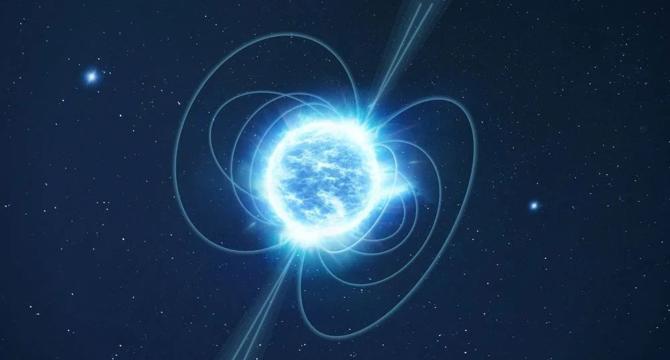Knowridge
4w
204

Image Credit: Knowridge
We finally know the mass of brand new neutron stars
- A team of researchers analyzed a sample of 90 neutron stars in binary relationships to measure the birth mass function (BMF) of neutron stars.
- The BMF of neutron stars plays a crucial role in understanding their formation in supernova explosions.
- Previous observations provided loose constraints on neutron star masses, but new research offers a more accurate power-law description of the BMF.
- The study involved classifying neutron stars as recycled or non-recycled based on their rotational speeds in binary relationships.
- Probabilistic corrections were applied to infer the initial masses of neutron stars at the time of their formation.
- The developed power-law distribution (PLD) model indicates a unimodal distribution of neutron star masses, peaking at 1.27 solar masses.
- The research sheds light on the link between the neutron star BMF and the initial mass function (IMF) of massive stars.
- Understanding neutron star birth masses is vital for interpreting gravitational wave detections from neutron star mergers.
- The study provides insights into supernova explosions, double star evolution, and matter properties under extreme conditions.
- The research enhances astrophysicists' understanding of neutron star formation history and its implications for various astrophysical phenomena.
Read Full Article
12 Likes
For uninterrupted reading, download the app